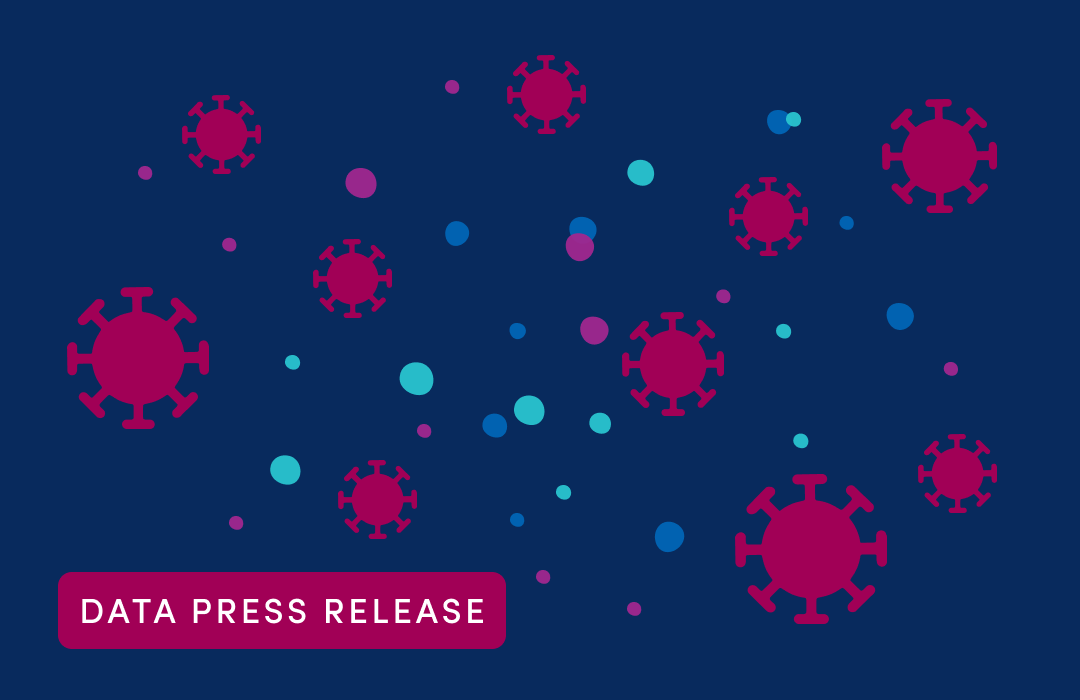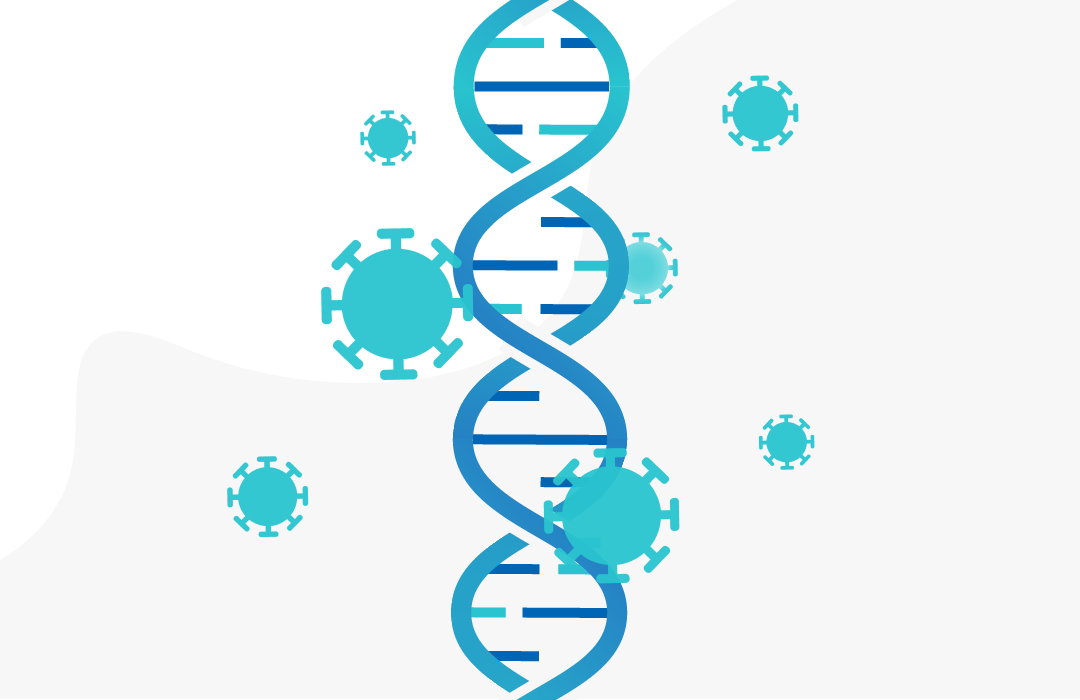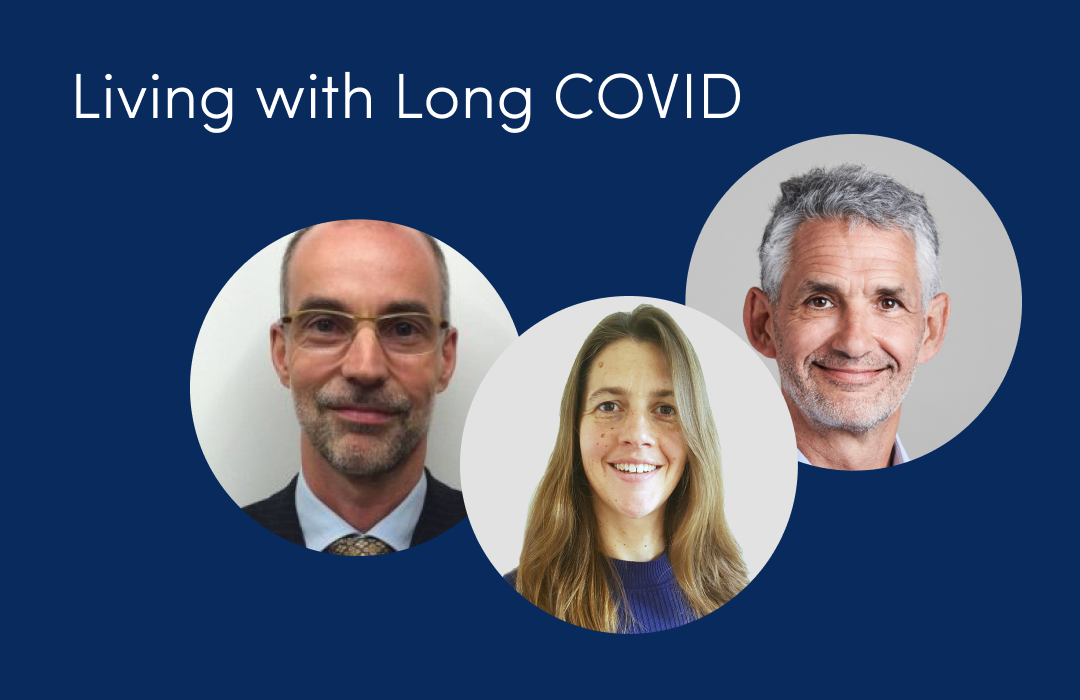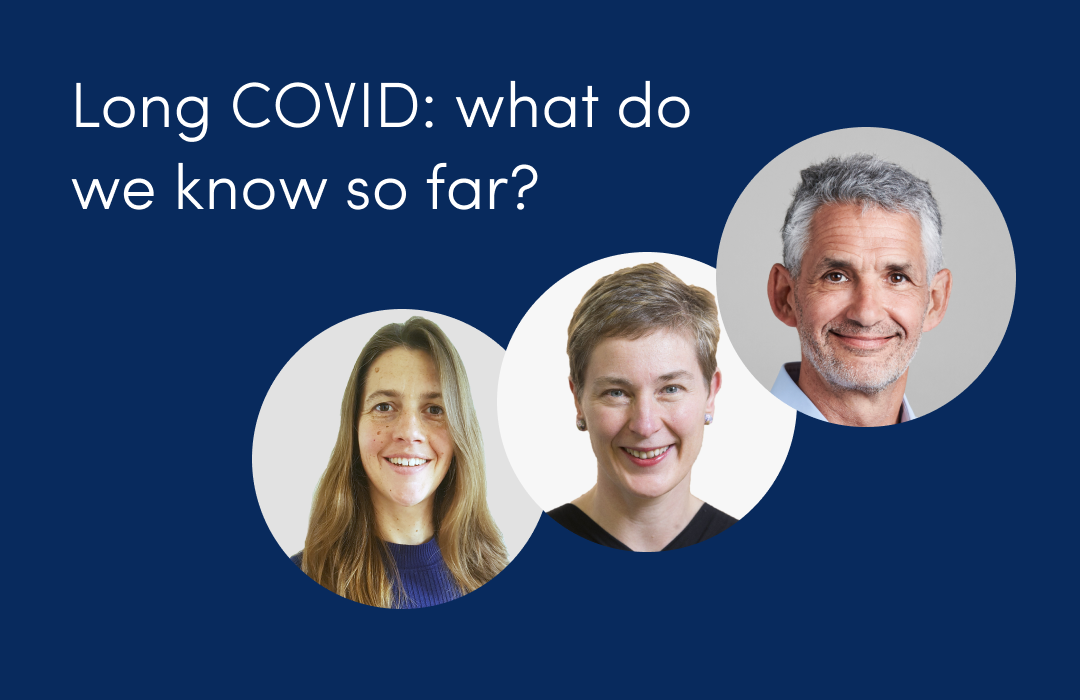
What's your risk of COVID hospitalisation?
January 21, 2021

This article has not been updated recently
One of the most striking things about COVID-19 is how differently it affects people. Some become seriously ill and need hospital treatment, others suffer at home for a week or more, while many are only mildly ill or have no symptoms at all (asymptomatic).
Since the start of the pandemic, the ZOE COVID Symptom Study has been monitoring the symptoms and spread of COVID-19 through the daily health reports logged by millions of users.
This data has been a treasure trove of information about the disease, from identifying key symptoms such as loss of smell (anosmia), skin rash and sudden new confusion (delirium) through to confirming a link with smoking and much, much more.
Now our clinical research colleagues at King’s College London, led by Dr Claire Steves, have used the data to develop a simple chart to identify who is most likely to end up severely ill in hospital with COVID-19, requiring oxygen and other treatments, at just the fifth day into their illness.
We hope that the public and medical professionals working in the community will use this information to make sure people get the right care at the right time, helping to save lives.
Who is most at risk of needing hospital treatment with COVID-19?
Claire and her team have found that counting up the number of symptoms experienced over the first five days of illness, along with sex and age, could be used to predict whether someone is likely to end up in needing oxygen support in hospital.
Although there has been a lot of focus on the three ‘classic’ symptoms of COVID-19 - persistent cough, fever and loss of smell (anosmia) - our data reveals at least 15 symptoms of the disease:
- Loss of smell (anosmia)
- High temperature (fever)
- Persistent cough
- Severe tiredness (fatigue)
- Headache
- Abdominal pain
- Chest pain
- Sore throat
- Severe shortness of breath
- Skipping meals
- Muscle pains
- Hoarse voice
- New confusion (delirium)
- Diarrhea
- Skin rash
We’ll be looking at each of these symptoms in more detail on our blog over the next few weeks. And don’t forget that the ZOE COVID Symptom Study app is the best way to log your symptoms if you fall ill with COVID-19.
The findings from Claire and her team are summarised in these charts, known as nomograms. They’re a simple way of showing how three things - age, sex and symptoms - affected the chances of needing oxygen treatment for COVID-19 during the first wave of the pandemic.
Along the bottom is age from 18 to 85. Up the side is the number of symptoms experienced in the first five days. The top chart is for males and the lower one is for females.

The colours represent the chance of someone reporting to us needing oxygen therapy for COVID-19 over the subsequent weeks after the start of their illness during the first wave. White is less than a one in four chance (25%); pale pink is between one in four and two in four (25% to 50%); bright red is between two and three in four (50% to 75%); and dark red is more than three in four (greater than 75%).
So, a 50-year-old man with just two symptoms in their first week, then their chance of needing hospital treatment was low (less than 25%).
But a 60-year-old woman with 10 different symptoms in their first week, then they were at very high risk, with a more than 75% chance of needing oxygen later on.
How to use this information
We hope that medical professionals and the public will use these charts as a way of identifying people with COVID, who might be most likely to need medical care, making sure that they are monitored appropriately and get to hospital quickly should it become necessary.
If you’re in the first five days of feeling unwell, use the ZOE app to monitor your symptoms. Using the appropriate chart for your sex, match the number of symptoms against your age and see which colour zone you’re in.
If you’re in the red or dark red zone you should contact your doctor for advice. Ask if they can send you a pulse oximeter to monitor your blood oxygen levels at home.
You can also check your pulse and temperature regularly, and follow our tips for looking after yourself when you’re sick with COVID-19 and staying hydrated.
It’s important to remember that these are predictions based on data from the first wave, and may not relate specifically to you. Wherever you fall on the chart, if you are struggling to breathe, have pain in your chest, become very confused or drowsy or your lips or face are turning blue, you should call an ambulance. There’s more information about when to seek medical help for COVID-19 in this post.
Stay safe and keep logging.
For more information about this research:
- Symptom clusters in Covid19: A potential clinical prediction tool from the COVID Symptom study app: https://www.medrxiv.org/content/10.1101/2020.06.12.20129056v1












.png)


.jpg)














.png)







%202.png)
.png)


















.png)






